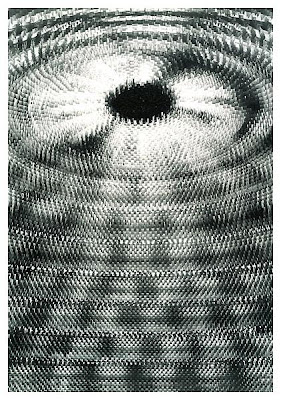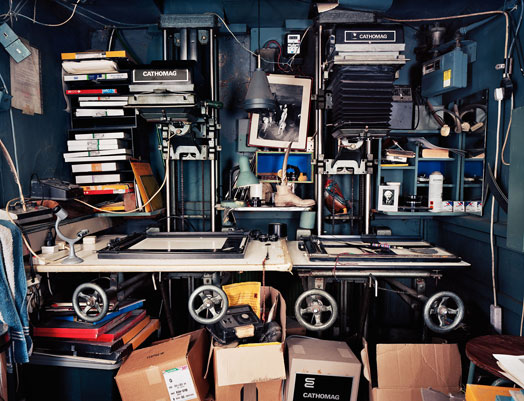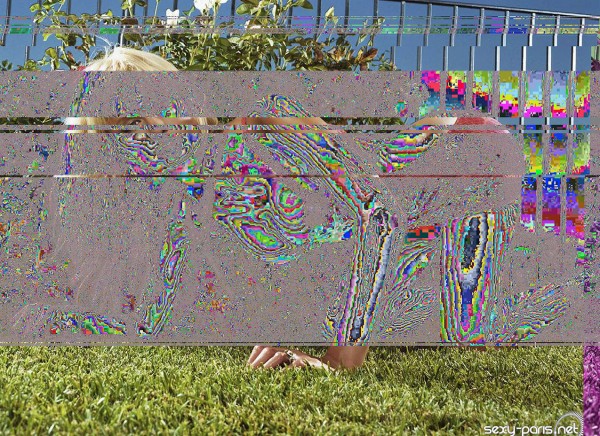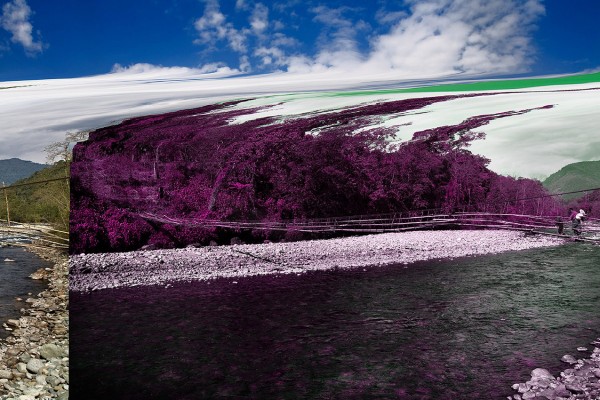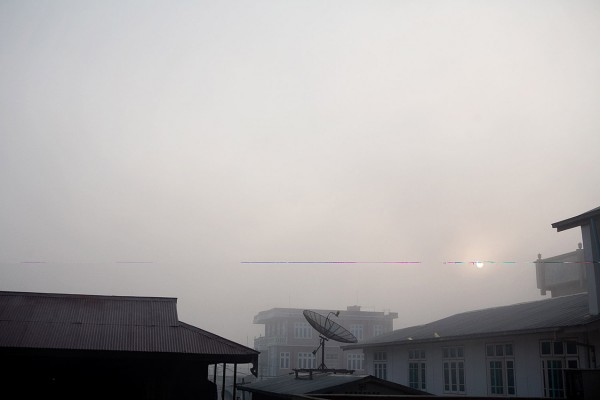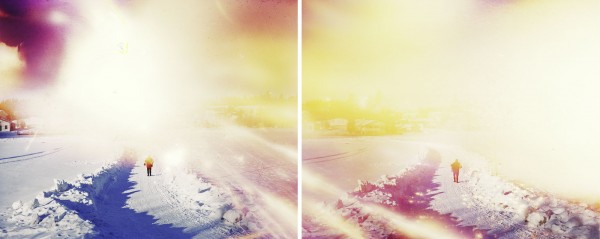.jpg)
| ART-Series, 1994-2002 In the ART-Series I took photographs of sculptures and installations in museums and galleries focussing according to my “natural” nearsightedness (without glasses), resulting in pictures of the space between the object and the observer. Out of the depths of a nearly monochrome photographic surface an object arises but remains out of focus and hardly recognizable. Form and colour appear as equal values, they seem to blend and merge instead of signifying each other. In 1994, still an art historian studying other artists' works, I started photographing sculptures in museums and galleries by focusing according to my natural shortsightedness, without my glasses. This process of taking pictures emphasises the distance between the photographed object and the camera, thus space becoming the prevalent element of the final picture. In the photographs the objects seem to live on in a hermetically sealed space of colour, dematerialised, without any separation of figure and ground. The perception of the photographed three-dimensional art works occurs in a perceptive triangle between (art historical) memory, photographic reference, and signifying difference, in a process that encompasses emergence and disappearance. Released from representation, forms arise as part of a permanent development, and seeing itself becomes an everlasting continuous process. The ART-Series focuses on the mechanisms of reference and representation instead of on the photographic object. It does not lay claim to objectivity or serve the requirements of documentary. On the contrary, the photographs trace the multifarious aspects of the recipient’s ever-changing perspectives, eventually offering the viewer to locate his position anew in relation to an image, which actually denotes just an undetermined space between certain coordinates. In depriving the viewer of an actual rendered object the photographs refer to Lacan's concept of Desire, reflecting basically the fundamental understanding of identity. .jpg) .jpg) .jpg) .jpg) .jpg) .jpg) all images © philipp lachermann |













